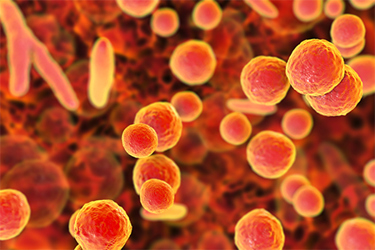Transitioning From Quantitative PCR To Droplet Digital PCR For Mycoplasma Detection
By Meiye Wu, PhD; Prasanthi Bhagavatula; Mackenzie Scherr; and Dipika Gurnani, Bio-Rad Laboratories, Inc.

Mycoplasma is a common cell culture contaminant therefore when manufacturing cell-based vaccines, biologics, and gene therapies, Mycoplasma-free batches are critical for patient safety. If Mycoplasma is detected, the entire contaminated production batch must be discarded, which can lead to both supply and related financial losses.
Quantitative PCR–based tests are replacing bacterial culture–based Mycoplasma testing because they shorten the time to results (Jean et al. 2017). However, the most widely used qPCR Mycoplasma assay uses SYBR® chemistry, which can generate nonspecific signals and poor resolution at very low input DNA range (<10 copies).
Here we demonstrate how compared to qPCR, Droplet Digital PCR (ddPCR) provides higher sensitivity with a quantitative readout that reports in both genome copies (GC)/reaction and colony forming units (CFU)/ml. The ddPCR assay also demonstrates high reproducibility across operators, instruments, lots, and days.
Get unlimited access to:
Enter your credentials below to log in. Not yet a member of Cell & Gene? Subscribe today.
